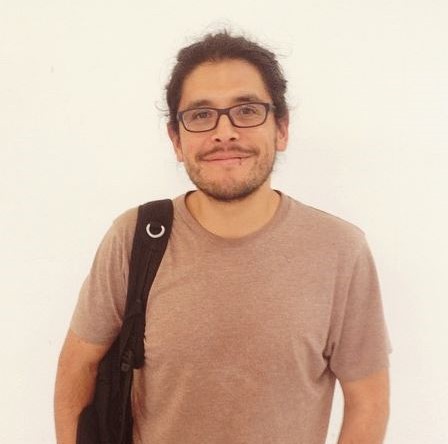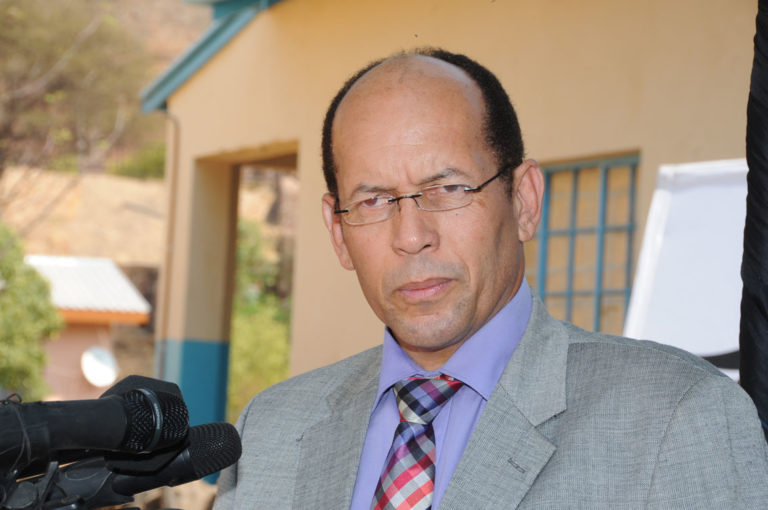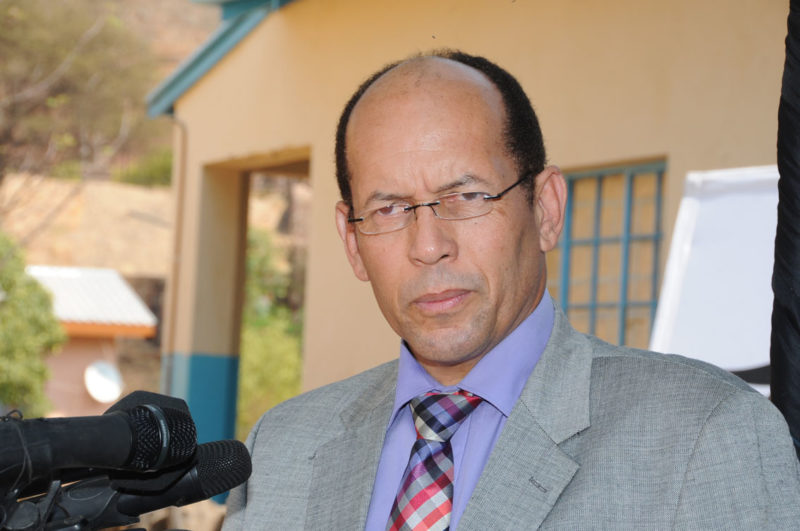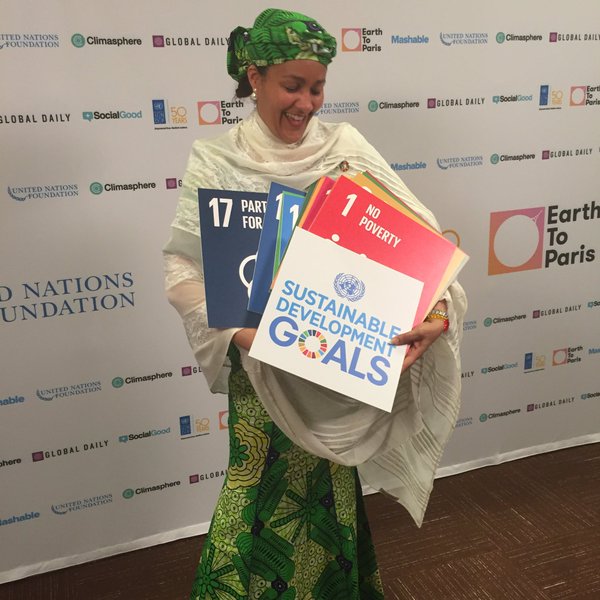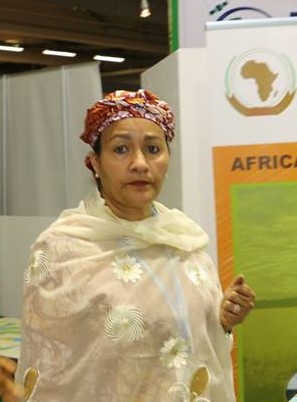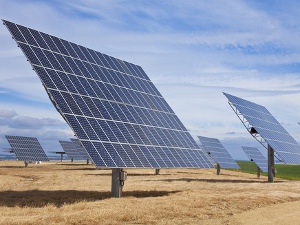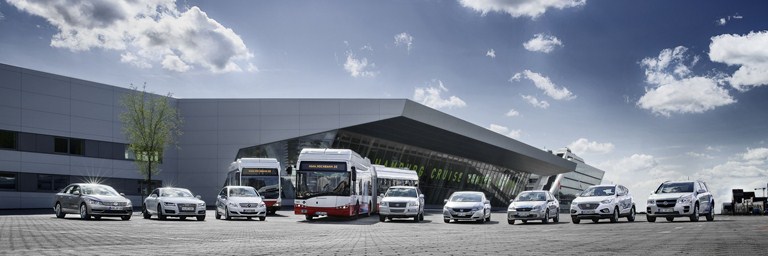In December 2015, several years of vigorous and intense campaigns by thousands of climate activists across all the continents of the world, resulted in the Paris Climate Agreement, a deal agreed to by 193 countries, admitting the imminent danger of climate change and the need for urgent actions to be taken to stem the tide of global warming. Although some saw the deal as a major milestone – given previous history of foot dragging and outright denial of climate change- there were no explicit commitments by the parties detailing what actions needed to be taken to check climate change.
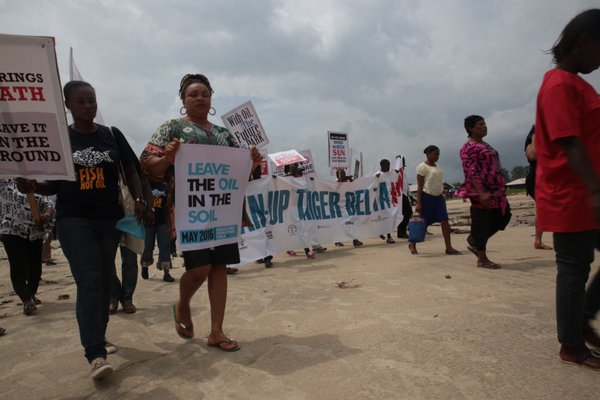
In response to this reality of inaction, climate activists and campaigners all over the world came to the conclusion that despite this agreement, world leaders will not act to check climate change unless they are pushed to do so. This began the Break Free from Fossil Fuel movement. Between the 4th and 15th of May 2016, thousands of climate activists around the world embarked on a wide series of actions ranging from street walks to shutting down coal mines and disrupting fossil fuel extraction activities.
In Nigeria, the events kicked off on the 10th of May 2016 in Oloibiri, Bayelsa state, famous for being the first place Nigeria extracted crude oil from. Of course the oil wells in Oloibiri have long since gone dry, but the residue of many years of pollution, the conflict and social dislocation remains with the people. For a place where millions of petro dollars has been extracted, Oloibiri is a sad reminder of what happens when the oil wells run dry. In a town hall meeting and rally symbolically held at the first well-head, various speakers from the Oloibiri community reflected on the neglect which their community has suffered despite contributing so significantly to the Nigerian economy in the past.
Chief Nengi James a community leader in Bayelsa said: “Since 1956, this land has been bleeding. They have drained it and sapped every nutrient from it. Look around you; does this look like a place where so much money has been taken from? Aside from these decadent well -heads that reminds us of what we once had, and the low farm yields on account of their constant pollution, we have nothing to show for oil. Oil didn’t bring better schools, it didn’t bring better healthcare, and it didn’t bring greater peace. It brought us conflict, poverty and pollution. If we could go back to 1956, nobody will take any crude oil from here; we will ask them to leave us in peace.”
On the 12th of May 2016, the Break Free from Fossil campaign in Nigeria arrived Bori, the traditional headquarters of the Ogoni nation, another community that wishes the oil business had never started in its domain. Addressing hundreds of community people, the representative of the Movement for the Survival of Ogoni People (MOSOP) reiterated the need to clean up the Ogoni environment and the Niger Delta.
“We have been told that the cleanup will begin in a matter of weeks, we are waiting and hoping that this time it actually happens. The effect of oil extraction has been devastating for our people. Our water, land and air have all been terribly polluted, we can’t plant or fish anymore, we drink oil poisoned water. Our environment is gone,” said Bariala Kpalap, PRO of MOSOP.
“For us in Ogoni land, we made up our minds 23 years ago to leave the oil in the ground. We sacked Shell from our land because we could no longer stand the pollution, poverty and conflict their extraction was causing. We since came to the conclusion that oil was useless to us. You can be assured that this land will never again allow itself to be bled in the name of crude oil extraction,” said Celestine AkpoBari of the Ogoni Solidarity Forum.
Speaking further, Nnimmo Bassey of the Health of Mother Earth Foundation (HOMEF) said: “The Ogoni experience tells the very sad tale of fossil exploitation in all its ugliness. The pollution, the poverty, the deaths, the carnage and displacement are simply unprecedented. When the business started, the Ogonis thought it was oil, but it turned out to be blood.”
The campaign finale on the 14th of May 2016 took place at Ibeno in Akwa Ibom state where Mobil operates an offshore oil field from where it regularly pollutes the water and air of the community people. In a town hall meeting as part of the Break Free from Fossil Fuel campaign, a fisherman lamented that fishing which was once the pride of the community had become non lucrative. Reaching for his bag, he produced a handful of sea weed, saying: “This is all our nets catch now. The fishes are all gone; they don’t like water with crude oil in it.”
Different speakers at the event lamented the declined livelihood of the community on account of oil pollution. According to a women leader, “we have no benefit from crude oil. It is a curse to us, we want it to be left in the ground so the fishes can return and we can resume our lives”.
Placard-carrying campaigners matched past the fenced and heavily guarded compound of multi-national Mobil, where staff and foreign expatriates live in affluence away from their poverty stricken neighbors all around, and ended at the ocean banks. Campaigners said prayers and dipped their fingers in the water in the hope that the curse of oil will be lifted.
“This is the start of a major campaign which will take local and international dimensions. We will continue the campaign everywhere. We will do it both physically and virtually. This call to keep the oil in the ground will keep sounding from every corner,” said Ken Henshaw of Social Action.
According to Nnimmo Bassey of HOMEF, “Oil has put Nigeria in a very bad state today. We are demanding an urgent transition and exit from the dirty oil age. In our energy generation, we should no longer be talking of gas plants, the focus should be on renewable energy, water, wind and solar. The Earth needs to heal. This is the minimum that we must realize as the world moves to catastrophic climate chaos.”

